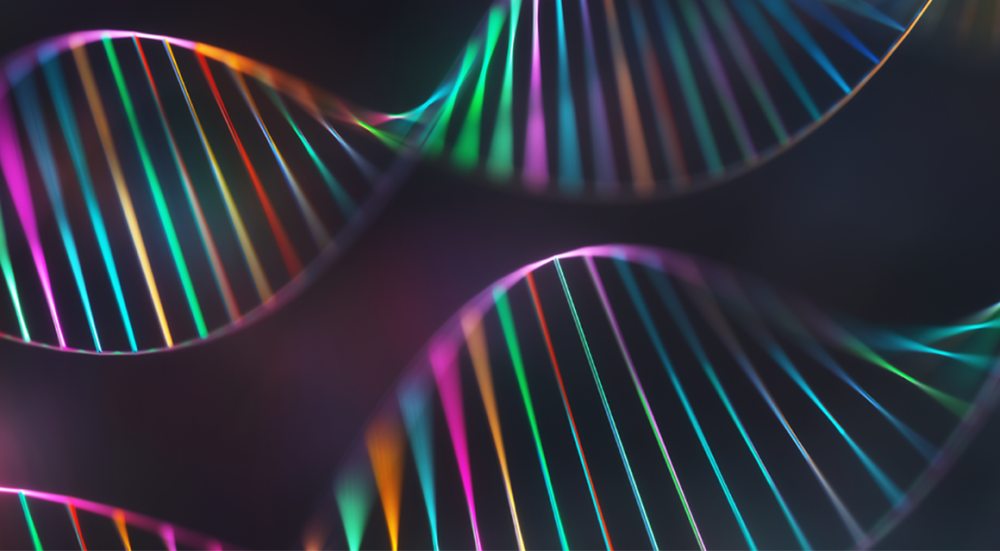As an important step, the scientists developed an artificial DNA model and produced synthetic yeast. This groundbreaking development is the result of over 15 years of research. Researchers have successfully integrated artificial versions of some of the 16 chromosomes into a yeast cell. This success offers significant potential not only in the field of genetic modification, but also in many fields such as the production of drugs, materials and biofuels.
This process is an important turning point for the world of science. Artificial DNA modeling provides a deeper understanding of fundamental processes within the cell, while also playing an important role in laying the foundation for programmable cell factories. This means that in the future, important products such as medicines, materials and biofuels can be produced more efficiently.
Scientists faced a long and difficult process to create synthetic yeast. But their successful combination of artificial versions of 16 chromosomes marks the point where genetic modification has arrived. The achievement may allow scientists to more effectively manipulate genetic structures, but the elusive goal of combining all the chromosomes in a single cell remains elusive. Advances in this field raise hopes for the creation of more complex and specialized cell structures in the future.







